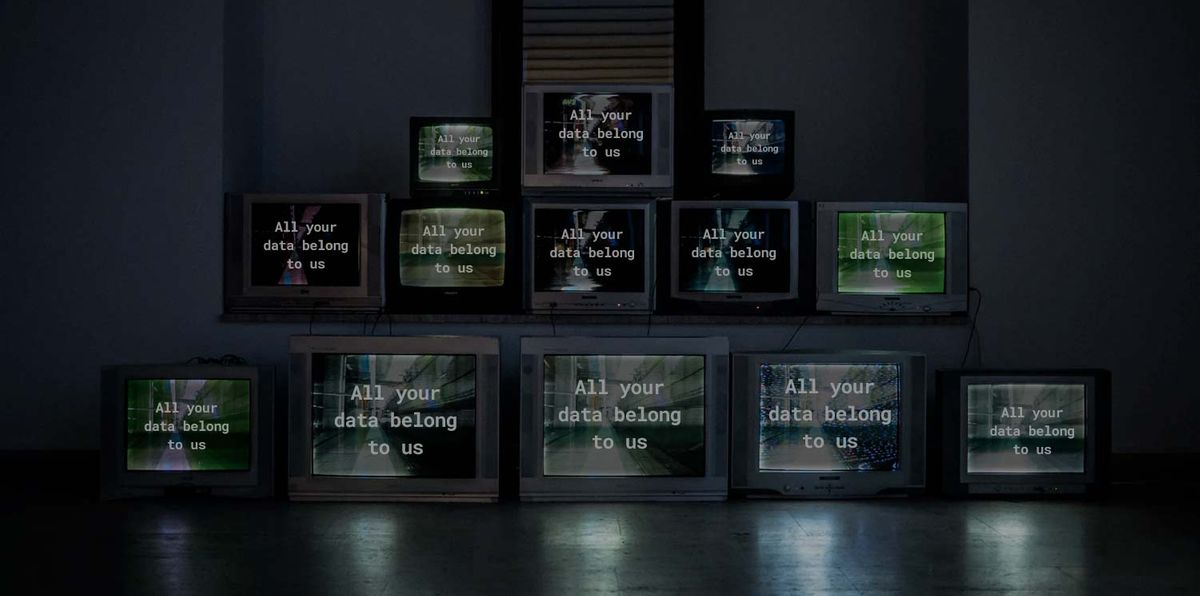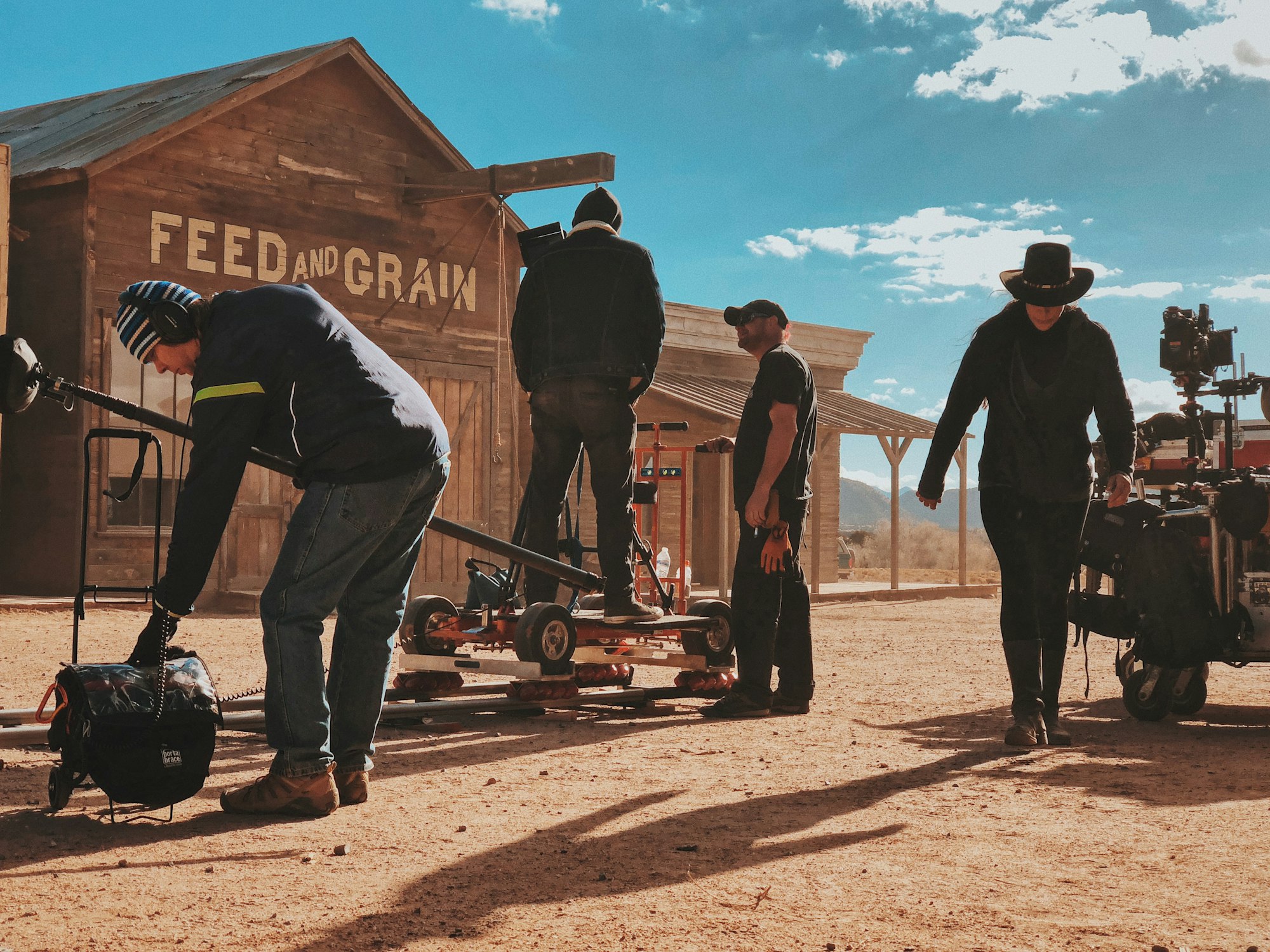Māori Television Needs to Stay
Active protection of our tāonga. Four reasons why Māori Television needs to keep charging. Data geeks welcome.

Disclaimer: I have never received Te Māngai Paho funding. I work on community (haukāinga) productions, such as Te Pūtahi.
My goal for writing this is to bring a tech perspective to the data used to evaluate Māori broadcast media. I advocate for spaces where native & indigenous voices can exist in all their diversity. E tautoko ana ahau te reo-a-Iwi kaupapa.
I believe Māori Television needs to stay. It would be foolish to throw it away based on the chart in the report (I explain why below). Saying "it has to go" and replacing it with a new hub is not the tahi. Māori Television can evolve into a relevant digitally focussed channel while also still being Māori Television.
Also, as suggested elsewhere, the idea to replace Māori Television with a fully-fledged digital OTT platform (a streaming media service offered directly to viewers) ain't that easy. I'll share my experiences with Navigator as an OTT service but before that I want to address four things:
- The problem the Government is trying to solve is wrong
- Old world meets new world
- Foreign versus local content
- OTT Centralisation
The problem definition is wrong
From a technology and data reporting perspective I have concerns with the problem definition in the Māori Media Sector Shift document. I shared my thoughts with Te Puni Kōkiri last week (thank you TPK). Here is some further extension to that discussion. Principally, I find the chart below misleading:
- The chart doesn't show what the audiences are watching, or when they are watching, it only shows reach. What about frequency?
- Where is the engagement length data?
- What days/times are popular?
- What programs are people watching?
- How is the online engagement analytics data paralleled with Nielson's reach and frequency data?

Source: NZ on Air/Māori Media Shift Options document, Te Puni Kōkiri.
That chart above is a limited view of what is actually happening. The metrics are aimed to make Māori Televsion look bad. Reach will only give a picture of how many people over a specific time period tuned-in. Frequency will give information about how many times people tuned-in over a period. Engagement time will give you information on how long people tuned-in each piece of content.
So if we compare the bottom of the chart with the top of the chart across all dimensions, that is, how many people, how many times, how long we have a very different story emerging. For example, what do 'All Māori New Zealanders' people watch on YouTube? What do they watch on Netflix? Is it the same content they watch on Māori TV? No. Could be cupcake videos, conspiracy theory (likely), music video, sci-fi - anything.
Maybe we should aim to get a wider picture before firing guns?
If we compare the top and bottom and think about the 'elephant in the room', to me it is that the social media and OTT platforms are better at measuring what people want. They are better equipped to do so as digital native platforms.
In general, social media technology companies have attuned themselves to far more meaningful commercial performance metrics than broadcasters, and they are rapidly empowering their users to be informed by these metrics. That user level insight is a massive game changer.
So, instead of focussing on target audience rating points (TARPS), or just reach, they have been focussing on 'attention' and 'time on site' (engagement) for quite a while. This focus has driven innovation on their platforms at a faster rate (velocity).
They already know how discreete segments spend time on their social platforms, what they talk about, who they talk with and how they react. They know this by specific days & times. Whatsmore, they have highly attuned social psychology research and artificial intelligence programs that study or exploit biases and neurocities (eg Cambridge Analytica). Just check out Facebook's Artificial Intelligence page.
Competition for attention on the social media platforms is intense and this therefore makes their very advertising offerrings very profitable. Twitter and Facebook's advertising media buying mechanisms are sophisticated (I know, I have been spending money on social media advertising for quite some time). For example, here are Facebooks video metrics reports in it's creator studio:


Source: Facebook Creator Studio
(Show me a broadcaster with better social analytics data and I will make your whānau a hāngi).
So this is the problem. Data. There is no data platform. There is no data for content creators. There is no open source analysis of engagement, views, organic reach, paid reach and distribution.
Ultimately, data empowers content creators (producers, program makers) to make better decisions about how they design and write video content. The problem definition could orientate around these questions:
- How do our native/indigenous voices sit alongside or inside data informed platforms?
- Is the time on site metric what broadcast media should be aligned to?
- Should we be constructing our own data platforms?
- How will we empower content creators and distributors to make better decisions about how they create and share video content?
All of these questions should be asked with Māori Television included.
Old world meets new world
Traditional terrestrial broadcasters represent an implicit reputation network. These networks were built on years high quality content. New programs, born into these networks, are implicitly expected to be high quality - One, 2, Three, Māori TV and (paid subscription service) Sky. Maturer professionals in the broadcasting industry know this. Quality = big budget.

Since 2012, YouTube, Facebook, Tiktok and particularly during Level 4, audiences normalised viewing preferences to lower quality, faster more relevant content. It is common to watch 'user quality' content on YouTube or any social media platform - you know, audio is out of sync, over contrasted Zoom call backgrounds or green screen effects and some very creative and funky titles (ahem, some of us don't have a choice, our budgets are micro-tiny).
As we move forward we need to make the most of the implicit trust audiences have in the older networks and combine it with data-informed production cycle. Perhaps we can champion legacy values alongside a data-based conversation instead of saying, "it needs to go". We need to balance out the largest, loudest and angriest program makers voices with those of tech-savvy data-informed content creators.
Foreign versus local content
Foreign content, in particular US & UK content fills New Zealand's most valuable programming slots. It is rich, well made and highly engaging and costs the New Zealand tax payer millions each year. One or two executives travel business class with a big fat purse of tax-payer money and engage in one-sided negotiations to acquire anything from 911 to Sienfeld to Coronation Street to MKR to the Simpsons.
Obviously, Hollywood attracts the best of our program makers as well, then offers them other large projects, for example, Taika Waititi on Disney's Mandolorian.
How come our media sector can afford to import James Cameron and 3D animators to make Avatar, but as a country we can't provide a pathway for our own talented people to make productions here that fill core programming spots? How the heck does 'The Casketeers' get popular on Netflix first and not on our own networks?
Is there a belief that New Zealand programming isn't good enough for primetime? What do executives really think of Māori programming? Is Kiwi content second class? Then what, Māori programming third class? Was there ever a conversation that went...
Hey, you know that $20 million we are going to spend with Fox and Time Warner? How much content do you think we could locally produce with that instead?
The concept of supporting foreign media rattles my cage. They should be paying us to be here.
This is the most important reason that Māori Television needs to stay. Māori Television has a cultural purpose and is born with a survival instinct, to keep our culture and language alive (revitalised → normalised → right-shift). Not only that, Māori Television often makes programs that are incredibly cost effective (oh and if anyone is doubting the cost-effective awesomeness of Māori Television then wait to see how Iwi media performs on the smidgens of funding they receive).
Also consider that Netflix and YouTube now take up a quarter of all internet traffic. Netflix, YouTube, Apple, Neon, Lightbox, Amazon, Hulu, PlayStation, Xbox, Roku provide unlimited access to all foreign content now. Time to invest in our own people and culture. We can attract people back to work here but we need to invest in ouselves, not divest of ourselves.
OTT Centralisation
As co-founder and technical developer of an over-the-top video (OTT) content service Navigator I understand a little of what is required to set-up a fully-fledged digital OTT platform (a streaming media service offered directly to viewers).
Navigator is small and establishing, actually we are micro-tiny, we focus only on native & indigenous documentaries and films (longer-form) content. Netflix, Hulu, Amazon are hungry corporate beasts and have evolved like social media platforms - they centralised data and analysis under one group structure. Successful OTT services focus on episodal TV content and movies but with a meaty data-tech-financial layer.
The most important thing to know (from my set-up experience) is that it is really hard to acquire existing content. Producers need to be compensated. There are already other things in place including sensitivities around tāonga, intellectual property and exclusive distribution rights. That is why Netflix, Quibi, Amazon and Apple commission their own content.
The idea of one central portal is only going to work with a huge multi-year commitment to take on Quibi, Netflix, YouTube etc. It is a difficult path. Not impossible, but the team will have to be extremely bold and focus energy in the right areas.
A fully-fledged digital OTT platform is about centralising all user insights and program production under a non-linear (on-demand) service. It is 80% a technical and data management exercise, not a program creation exercise. Simply, the platforms conduct surveillance on their users then make funding decisions, for example,
I checked the engagement reports, we've got lot's of sci-fi viewers so lets make more sci-fi content.
Demand is interpreted by data scientists. Supply decisions are made by analysts & financiers not producers. Also, as we already know, Iwi do not want power centralised in one agency. They want a diversity of views as promised per the Treaty of Waitangi. How will the data-science and commissioning inside an OTT reflect the Treaty?
I don't see OTT as a current panacea for the Māori Media Sector.
New Zealand on Air have invested significantly into this technology already. New Zealand on Screen https://www.nzonscreen.com/ is a non-profit that receives about $1million per year from the Government. Go check it out, it's awesome. In comparison Quibi raised $1.8billion to launch it's specialised mobile-orientated OTT service. Apple has invested also a ridiculous amount. Facebook earned US$17.74 billion in Q1 2020. The variance in budget size is phenomenal.
If the Government is set on creating a 'digital pātaka' or OTT service the next stage it will need to show a detailed understanding of data analysis, OTT business models and demand/supply levers. What is the ROI?
What will the metrics for success be? And when those corporate metrics don't look so good (because social media and foreign owned OTT have more money) what will happen?
Lastly, I just keep feeling that the tech-focus will negatively benefit Māori. Māori aspirations will be put to the side and forgotten about, much like when people go to YouTube, Netflix or TVNZ they are unlikely to be watching Māori content, it is forgotten about. That is why we need a Māori Television.
Uplift ourselves first
In summary, I agree with one thing, the Māori Media Sector Shift document provides an opportunity for us to consider our investment in a new future. In my mind there should be no single source of truth and no moves to centralise without a discussion about data and how we measure engagement. A diversity of technically capable voices should inform the decision making to avoid the privileges of a few over the others. We need to honour the Treaty of Waitangi.
But above all, we need to acknowledge and recognise Māori Television and Iwi Media as significant drivers of innovation. They continue to produce cost-effective local driven content that is the only place in the world to celebrate our unique voice. Long live Māori Television.
About
Kingi's background is in technology, advertising and video games developing Xbox & PlayStation games, iPad & iPhone apps, web apps and OTT (Over-the-Top) video broadcasting projects such as Navigator. Kingi media career started in 1997 at Saatchi & Saatchi as a media planner buyer.

